Вы здесь
Ancient settlement of Djend.
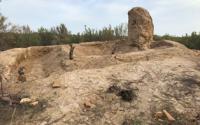
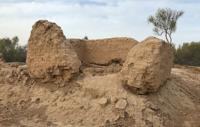


Short trip in Kyzylorda.
“I've known rivers:
I've known rivers ancient as the world and older than the flow of human blood in human veins. My soul has grown deep like the rivers”
Langston Hughes.
Book travel in Central Asia.
115 km to the west of Kyzylorda, on the right bank of the old bed of Syrdarya (Zhanadarya), the ruins of ancient Djend - the ancient settlement of Dzhan-Kala, (also Dzhend) are well preserved. In Kazakh, Djend is a city described by geographers of the X - XIII centuries as one of the largest Turkestan.
The town was destroyed by the Mongols. Dzhent was the original center of the Seljuk Empire. According to written sources, Gent was a thriving city in the Xth - XIIth centuries AD. and was one of the shopping centers in the lower reaches of the Syr Darya.
During the Mongol invasion, Jochi's troops looted it, but they did not destroy it. Subsequently, Juchi established his headquarters there, where he spent six months before going to Khorezm. After the XIII century, Gent was not mentioned in the sources.
The area of a clearly planned city is about 40 hectares. The main street is clearly visible, from which lanes run at right angles. In the northwestern corner is the square mound of the citadel, which is built up with large houses.
The fortress wall with traces of towers is preserved up to 8 m high. In the middle of the eastern wall is the entrance. He was protected by two towers, so that enemies fell under bilateral shelling. The remains of small fortifications, manors, traces of medieval irrigation were found around Djend.
Near the settlement there was a garden park complex with a trapezoid fence. Here was the country palace of the ruler. Undoubtedly, Gend was the center of a vast densely populated area in the Aral Sea region, and it is not by chance that the Aral Sea was sometimes called the "Djend".
The channels of the canal, the irrigation network, the plots of fields and gardens, and traces of building remained around. The mound dates back to the I - XVIII centuries. The found pottery, during excavations, allows us to determine the time of the city's existence - this is the first centuries AD - XVI century.
In the pre-Mongol period, Jand was one of the capitals of the Oguz, and then Kipchaks. The Mongol invasion was the strongest shock in the life of the lower Syrdarya towns. During 1219, the Mongol troops subordinated Sygnak, Barchinlygkent (Barchkent), Ashnas, Djend, Yangikent.
In the post-Mongol time, Jend was able to revive and become a major center in the Aral Sea region. There is a mint, minted coin. In one of the historical writings about Djend of the beginning of the XIV century it is said: Djend lived to the XV – XVI century. and all this time was a major center of the Aral Sea region on the way to Khorezm.
Geographical coordinates of the Djend settlement: N44 ° 33'04.50 "E64 ° 05'22.09"
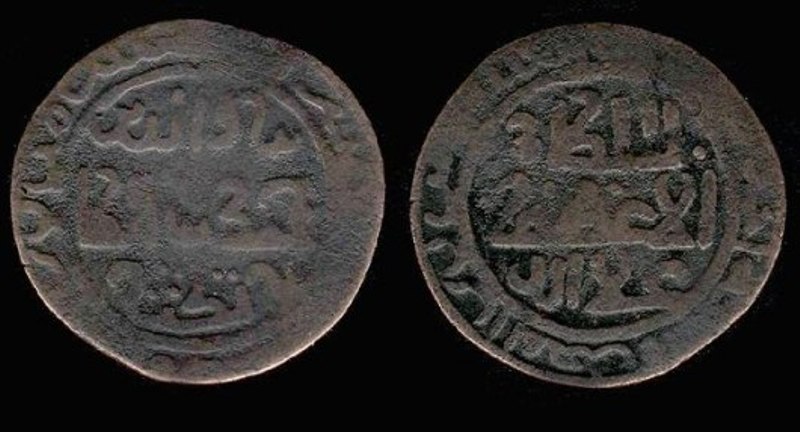
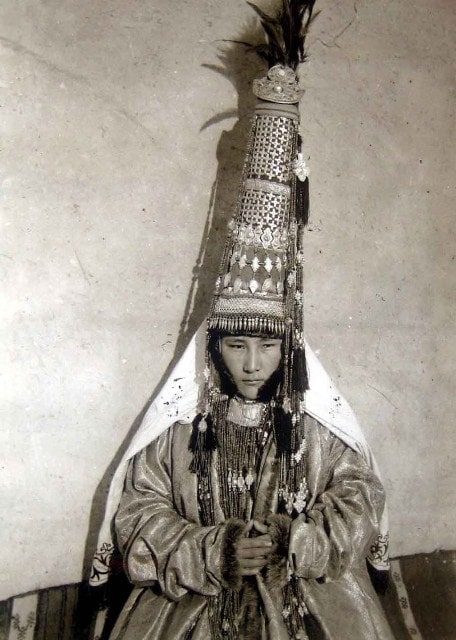
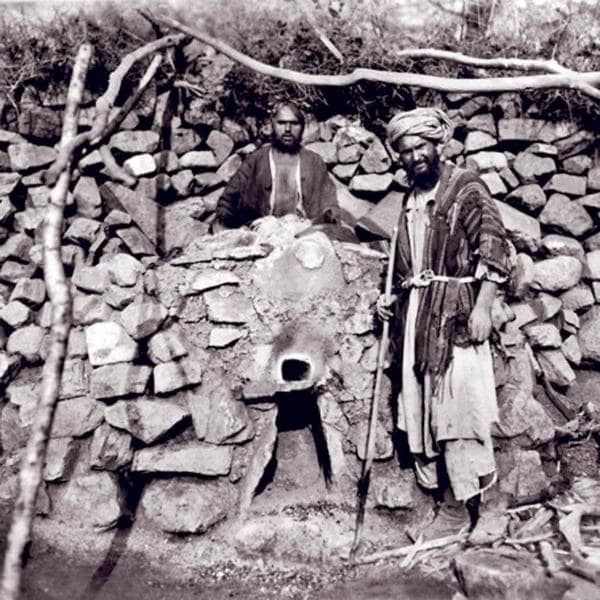
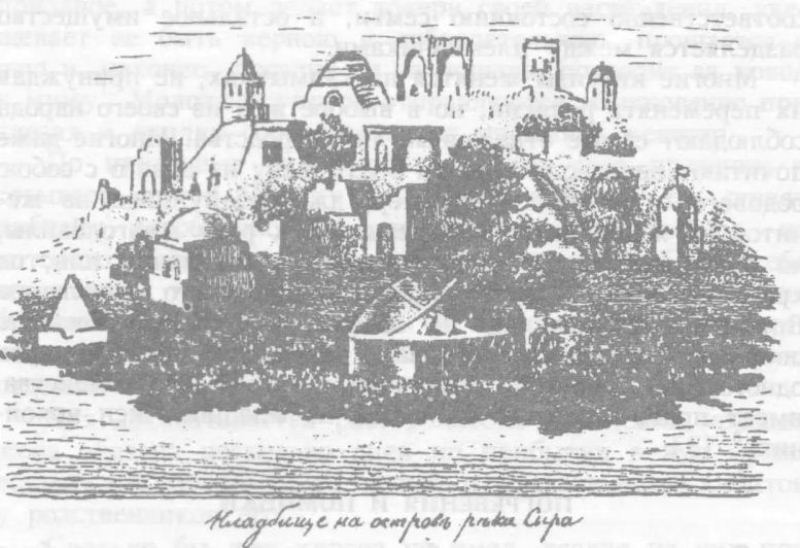

Enlightener:
"The medieval cities of Kazakhstan on the Silk Road." KM Baipakov, Almaty, Gylym, 1998, 216 p.
Photos by
Alexander Petrov.







